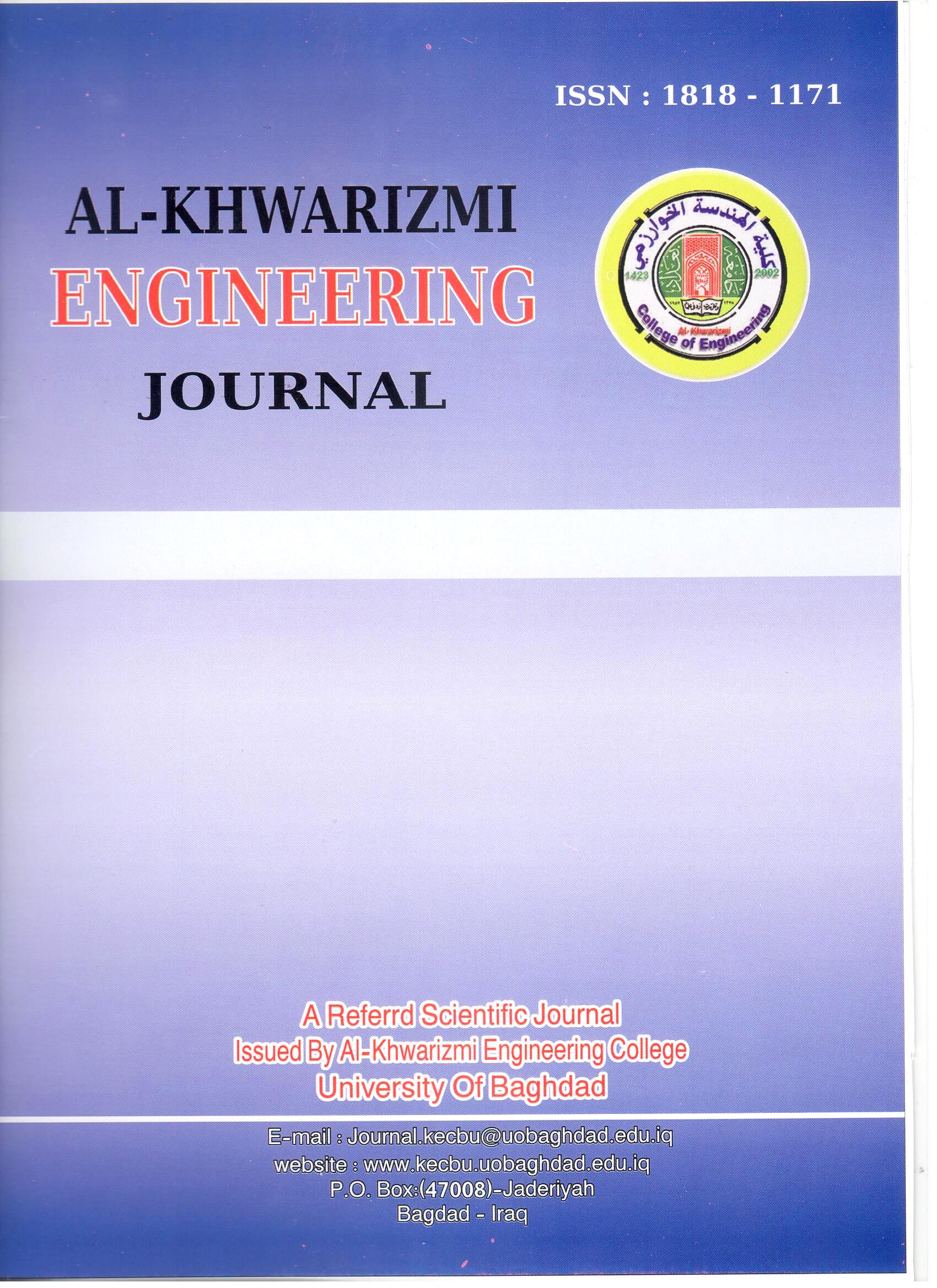Stress Analysis of the Hip Bone
Keywords:
Keyword: Hip Bone, Finite Element Analysis, Stress.Abstract
The bony pelvis has a major role in weight transmission to the lower limbs. The complexities of its geometric form, material properties, and loading conditions render it an open subject to biomechanical analysis.
The present study deals with area measurement, and three-dimensional finite element analysis of the hip bone to investigate magnitudes, load direction, and stress distribution under physiological loading conditions.
The surface areas of the auricular surface, lunate surface, and symphysis pubis were measured in (35) adult hip bones. A solid model was translated into ANSYS parametric design language to be analyzed by finite element analysis method under different loading conditions.
The surface areas of the auricular surface, symphysis pubis, and lunate surface were (14.39±2.05cm², 4.46±1.01cm², and 24.63±3.2cm²) respectively. A significant positive linear relationship was found between the auricular surface area and that of the lunate surface. No such correlation was found between the auricular surface and symphysis pubis. The finite element analysis model showed that stresses, using the Von Mises method, were distributed mainly in the acetabulum (anterior, superior and posterior part: 11.2%, 5.4%, 15.9% respectively), auricular surface 24.6%, and ischial tuberosity 40.3%, when a 70kg load was applied. Stresses calculated for higher loads showed a positive direct proportional increase. Principle stresses indicated that failure occurred in the anterior and posterior surface of the acetabulum as well as in the sacrioiliac joint.
Downloads
Downloads
Published
Issue
Section
License
Copyright: Open Access authors retain the copyrights of their papers, and all open access articles are distributed under the terms of the Creative Commons Attribution License, which permits unrestricted use, distribution, and reproduction in any medium, provided that the original work is properly cited. The use of general descriptive names, trade names, trademarks, and so forth in this publication, even if not specifically identified, does not imply that these names are not protected by the relevant laws and regulations. While the advice and information in this journal are believed to be true and accurate on the date of its going to press, neither the authors, the editors, nor the publisher can accept any legal responsibility for any errors or omissions that may be made. The publisher makes no warranty, express or implied, with respect to the material contained herein.












